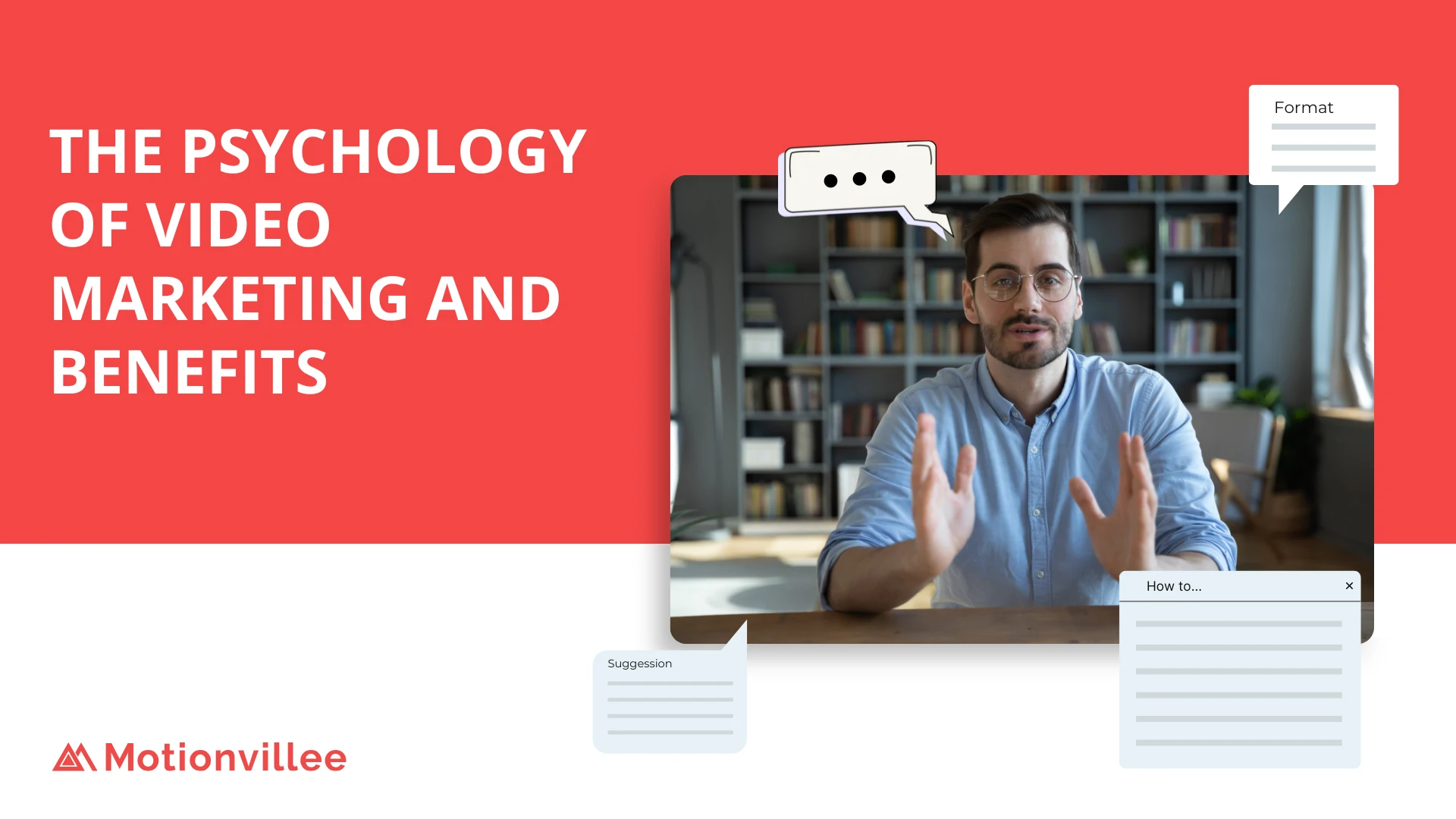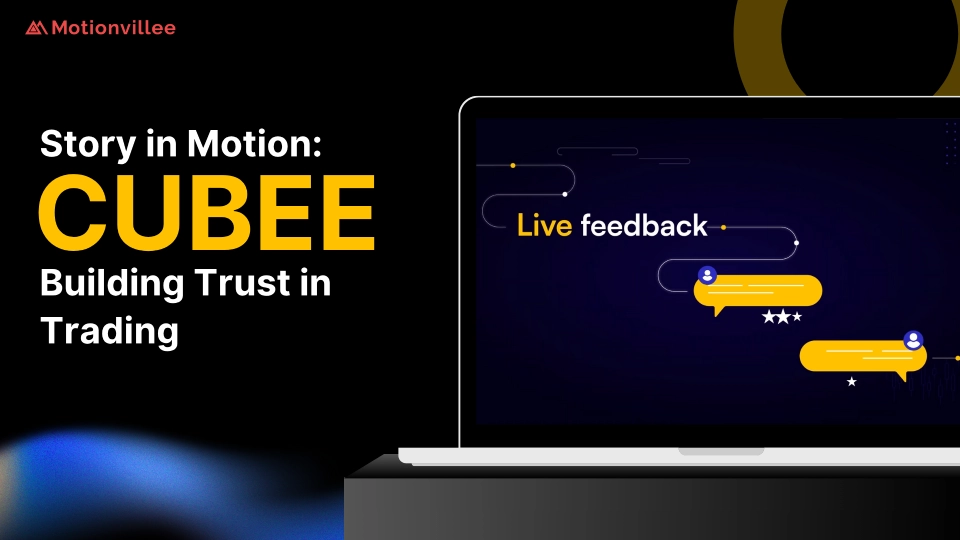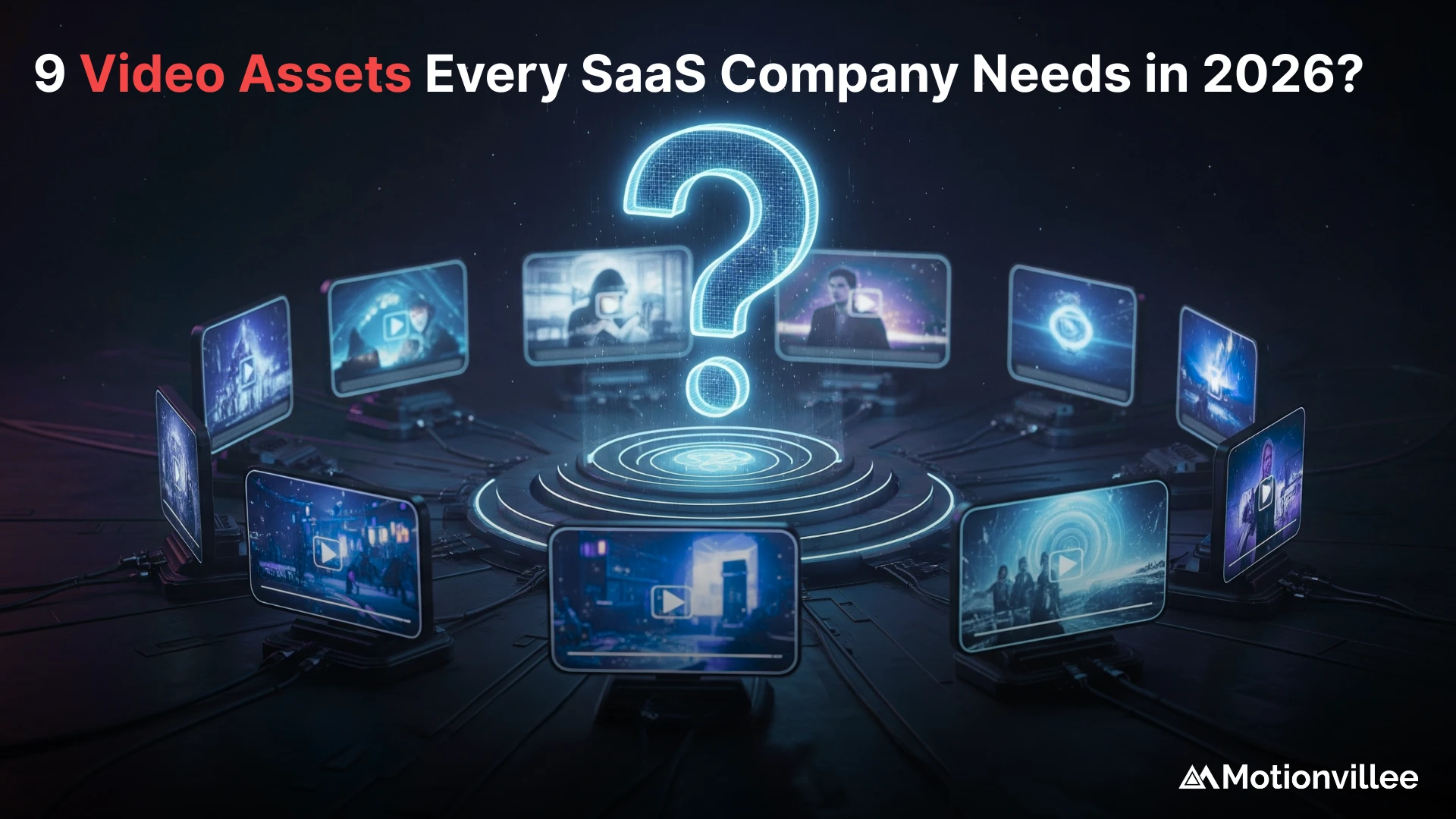Video marketing has become a cornerstone of modern advertising strategies, captivating audiences across industries and driving consumer behavior. But what makes video such a compelling medium? By delving into the psychological principles behind its effectiveness, we can uncover why videos resonate so deeply with consumers and why they are more likely to lead to a purchase than other forms of content.
Enhanced Engagement Through Visual and Auditory Stimuli
One of the most significant advantages of video is its ability to engage multiple senses simultaneously. Unlike text-based content, which relies solely on visual processing, videos combine both visual and auditory elements to create a rich sensory experience. This multisensory approach captures attention more effectively and keeps viewers engaged for longer periods.
The human brain processes visuals 60,000 times faster than text, making video an ideal medium for delivering information quickly. Auditory cues, such as voiceovers and background music, further enhance the emotional tone of the message, creating a lasting impression. This dual engagement is a key reason why videos are particularly effective at communicating complex ideas, as they simplify information and present it in an easily digestible format.
Emotional Connection and Storytelling
Emotions play a crucial role in decision-making, and video excels at evoking emotions through storytelling. Whether it’s a heartfelt narrative or a humorous scenario, videos can tap into the viewer’s emotions and foster a connection with the brand. Research shows that an emotional response to an advertisement significantly influences purchase intent, often more than the content’s informational value.
Storytelling in videos allows brands to create relatable scenarios that resonate with their target audience. For instance, a video featuring a family enjoying a meal together can evoke feelings of warmth and togetherness, aligning the brand with these positive emotions. By embedding these narratives, marketers can position their products as solutions to the viewer’s needs, reinforcing the emotional bond.
Brand Recall and Association
Brand recall is another area where video marketing shines. Consistent use of brand elements, such as logos, colors, and taglines, throughout a video helps create strong associations between the brand and the viewer. This is particularly important in a crowded marketplace where standing out is essential.
When consumers encounter the same brand elements in other contexts, they are more likely to remember the brand and its message. This phenomenon, known as associative memory, ensures that the brand remains top-of-mind when the viewer is ready to make a purchase. Additionally, the dynamic nature of the video—with its moving visuals and sounds—makes it more memorable than static content, further enhancing brand recall.
Increased Information Retention
One of the most compelling reasons for the effectiveness of video marketing is its impact on information retention. Studies have found that viewers retain 95% of a message when they watch it in a video, compared to just 10% when reading it in text. This stark difference underscores the power of video as a communication tool.
The combination of visuals and audio in a video creates a more immersive experience, making it easier for viewers to absorb and remember the content. This is particularly useful for educational or instructional content, where understanding and retention are critical. By presenting information in a visually engaging manner, videos ensure that the message stays with the audience long after they’ve viewed it.
Emotional Engagement Through Frequency Illusion
Have you ever learned about a new concept or product and suddenly started noticing it everywhere? This phenomenon, known as the frequency illusion or the Baader-Meinhof phenomenon, is another psychological factor that video marketing leverages effectively. After being exposed to a brand or product through video, consumers may begin to notice it more frequently in their environment, increasing their awareness and familiarity with the brand.
This cognitive bias works in favor of marketers, as repeated exposure builds trust and reinforces the brand’s presence in the consumer’s mind. The more familiar a consumer is with a brand, the more likely they are to perceive it as credible and consider it during their purchasing decisions.
Social Proof and Virality
Another psychological aspect that makes video marketing effective is its ability to leverage social proof. Videos are highly shareable, and when people see their friends or influencers engaging with a video, it validates the brand’s credibility and appeal. This social proof creates a ripple effect, encouraging others to engage with the content and consider the brand.
Viral videos amplify this effect by reaching vast audiences in a short time. The emotional triggers in these videos—whether it’s humor, awe, or inspiration—drive viewers to share them with their networks. This not only increases the brand’s reach but also reinforces its message through peer validation.
The Science of Visual Hierarchy
The design and structure of a video also contribute to its psychological impact. Videos use visual hierarchy to guide the viewer’s attention, ensuring that the most important elements—such as the brand message or call-to-action—stand out. Techniques like motion graphics, zooming, and strategic placement of text help direct focus and reinforce key points.
This guided experience ensures that viewers process the content in the intended order, making the message more effective. By structuring videos thoughtfully, marketers can maximize their impact and drive desired actions.
Building Trust Through Authenticity
Trust is a fundamental component of any purchasing decision, and videos are uniquely positioned to build trust with consumers. The authenticity of video content—from behind-the-scenes footage to customer testimonials—creates a sense of transparency and credibility. When viewers see real people using and endorsing a product, it humanizes the brand and fosters trust.
Live videos, in particular, have become a powerful tool for building authenticity. They allow brands to engage with their audience in real time, answering questions and addressing concerns. This direct interaction not only builds trust but also strengthens the relationship between the brand and its audience.
Leveraging Cognitive Load Theory
Cognitive load theory suggests that people have a limited capacity for processing information. Videos simplify complex concepts by breaking them down into manageable pieces, reducing cognitive load, and making it easier for viewers to understand and remember the message.
For instance, an animated explainer video can distill a complicated product or service into a concise and visually engaging story. By presenting information in a streamlined manner, videos ensure that viewers are not overwhelmed, enhancing their comprehension and retention.
Conclusion
The psychology behind video marketing reveals why this medium effectively influences consumer behavior. Videos create a powerful connection with viewers by engaging multiple senses, evoking emotions, enhancing brand recall, and leveraging cognitive biases. They simplify information, build trust, and make messages memorable, ensuring that the brand stays top-of-mind when consumers are ready to purchase.
As technology continues to evolve and video platforms become more accessible, the importance of video marketing will only grow. Brands that understand and harness the psychological principles behind video’s effectiveness will be well-positioned to capture their audience’s attention, drive engagement, and achieve their marketing goals.







